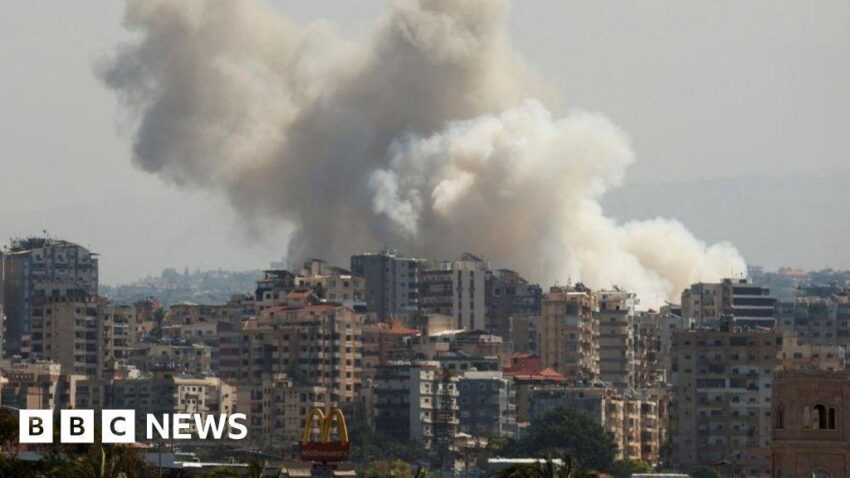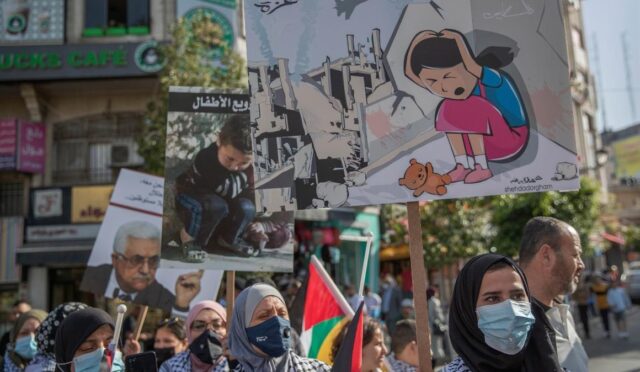Escalating Violence Despite Ceasefire
On Saturday, Lebanon experienced a tragic escalation of violence, resulting in the death of one individual and injuries to six others due to a series of Israeli airstrikes in the southern region. This flare-up occurred despite a ceasefire agreement reached between Israel and the militant group Hezbollah, which was intended to bring an end to months of conflict.
The Lebanese health ministry reported that an Israeli drone strike targeted a vehicle in the town of Bint Jbeil, resulting in one fatality and two injuries. In a separate statement, the Israeli military claimed responsibility for striking and eliminating a member of Hezbollah’s elite Radwan unit in the area, indicating a targeted approach to these airstrikes.
Casualties from Drone Strikes
The health ministry further detailed that another drone strike in Bint Jbeil injured an additional person, while two others sustained serious injuries from a similar attack on a vehicle in the neighboring town of Shaqra. These incidents underline a concerning pattern of violence that continues to unfold despite the ceasefire.
Moreover, another Israeli drone strike injured an individual in Shebaa, further south, with reports indicating that a house was directly targeted. Such actions raise questions about the effectiveness of the ceasefire, which was organized to mitigate tensions but has so far failed to halt hostilities.
Continued Hostilities
The ceasefire, established on November 27, was intended to conclude over a year of conflict with Hezbollah, including a significant two-month war that severely crippled the Iran-backed group. Yet, Israel’s military operations have persisted, undermining the ceasefire’s intended purpose.
Just days before Saturday’s strikes, an Israeli attack on a vehicle at the southern entrance of Beirut led to the death of another man and injuries to three others. While Lebanon reported the casualties, the Israeli army claimed it targeted a ‘terrorist’ associated with Iran, showcasing the ongoing complexity of the conflict.
Ceasefire Agreement Details
Under the terms of the ceasefire agreement, Hezbollah was mandated to withdraw its fighters north of the Litani River, approximately 30 kilometers (20 miles) from the Israeli border. This arrangement was designed to allow only the Lebanese army and UN peacekeepers to remain armed in the area, thereby reducing tensions.
Conversely, Israel was expected to fully withdraw its troops from Lebanon. However, reports indicate that Israel still maintains control over five strategic locations, reflecting its reluctance to completely cede territory.
Israel’s Stance on Hezbollah
Israel has made it clear that it intends to continue its military operations in Lebanon until Hezbollah is disarmed. This unwavering stance complicates the prospects for lasting peace, as each airstrike only adds to the cycle of retaliation and response between the rival entities.
As tensions remain high in the region, the ongoing hostilities pose significant challenges for peace efforts aimed at establishing a durable and comprehensive resolution to the Israel-Hezbollah conflict.







